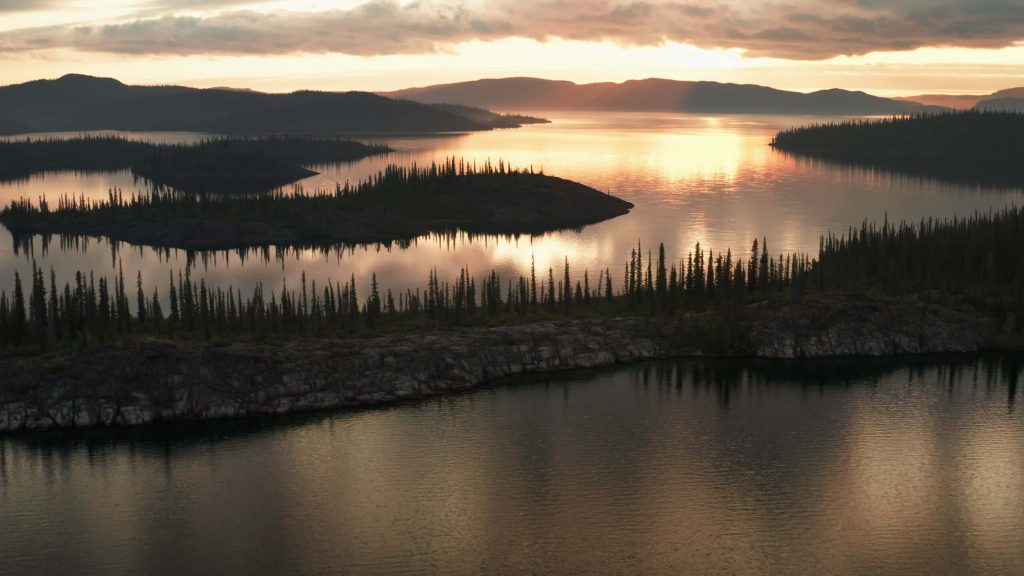When embarking on a journey to uncover the top ten largest lakes in the world, prepare to be awed by their breathtaking scale, rich histories, and undeniable influence on the planet. These colossal bodies of water, often celebrated as the largest lakes globally, are more than just geographical marvels; they’re lifelines for ecosystems, cultures, and economies. Picture the mighty Lake Superior, stretching across North America with a surface area that dwarfs many seas, or the mysterious Lake Baikal, cradling the deepest freshwater reserves known to humankind. Each lake on this prestigious list, from the sun soaked shores of Lake Victoria in Africa to the enigmatic, salty expanse of the Caspian Sea, tells a story of natural wonder and human connection.
The ranking of the top ten largest lakes hinges on their surface area, a metric that showcases their dominance across continents. Think of the interconnected Great Lakes, including Lake Michigan and Lake Huron, or the remote yet striking Lake Tanganyika, nestled in Africa’s Rift Valley. Even the lesser known Lake Eyre in Australia earns its spot with its vast, shifting boundaries.These lakes aren’t just big; they’re iconic, shaping landscapes and livelihoods while drawing adventurers, scientists, and curious minds alike. Delving into this topic unveils why these giants stand as some of the most spectacular and essential features of our world.
Top Ten Largest Lakes In the World
10. Great Slave Lake

Location: Situated in the Northwest Territories, Canada, this lake is the second-largest in the territory and the deepest in North America.
Surface Area: 27,200 km², making it the tenth-largest lake globally by area.
Maximum Depth: Reaches 614 meters, a significant feature for its volume.
Volume: Approximately 1,115 km³, contributing to its importance in the region.
Notable Features: Named after the Slavey First Nations, it is a hub for fishing, particularly for trout and Arctic grayling. Towns like Yellowknife, the capital of the Northwest Territories, line its shores, and it has a rich history of exploration, with clear waters attracting anglers and researchers alike. Its location near the Arctic Circle adds to its unique environmental conditions.
9. Lake Nyasa (Malawi)
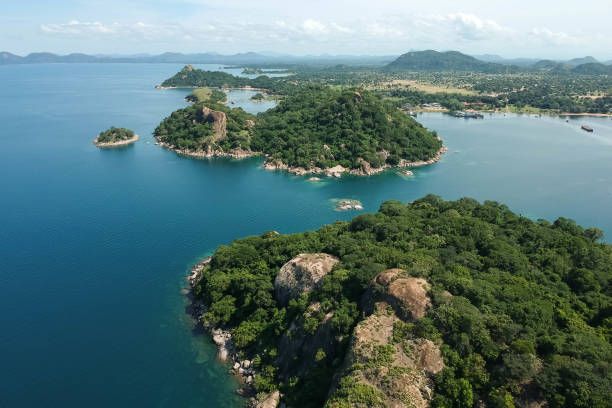
Location: Found in Africa, shared by Malawi, Mozambique, and Tanzania, it lies in the East African Rift system.
Surface Area: Covers 29,600 km², ranking ninth among the world’s largest lakes.
Maximum Depth: Extends to 706 meters, supporting a vast aquatic ecosystem.
Volume: Holds about 8,640 km³ of water, vital for the region.
Notable Features: Known as Lake Malawi in some contexts, it boasts more fish species than any other lake, with over 700 cichlids, making it a biodiversity hotspot. It’s crucial for local fishing industries and faces conservation challenges due to its ecological importance.
8. Lake Baikal
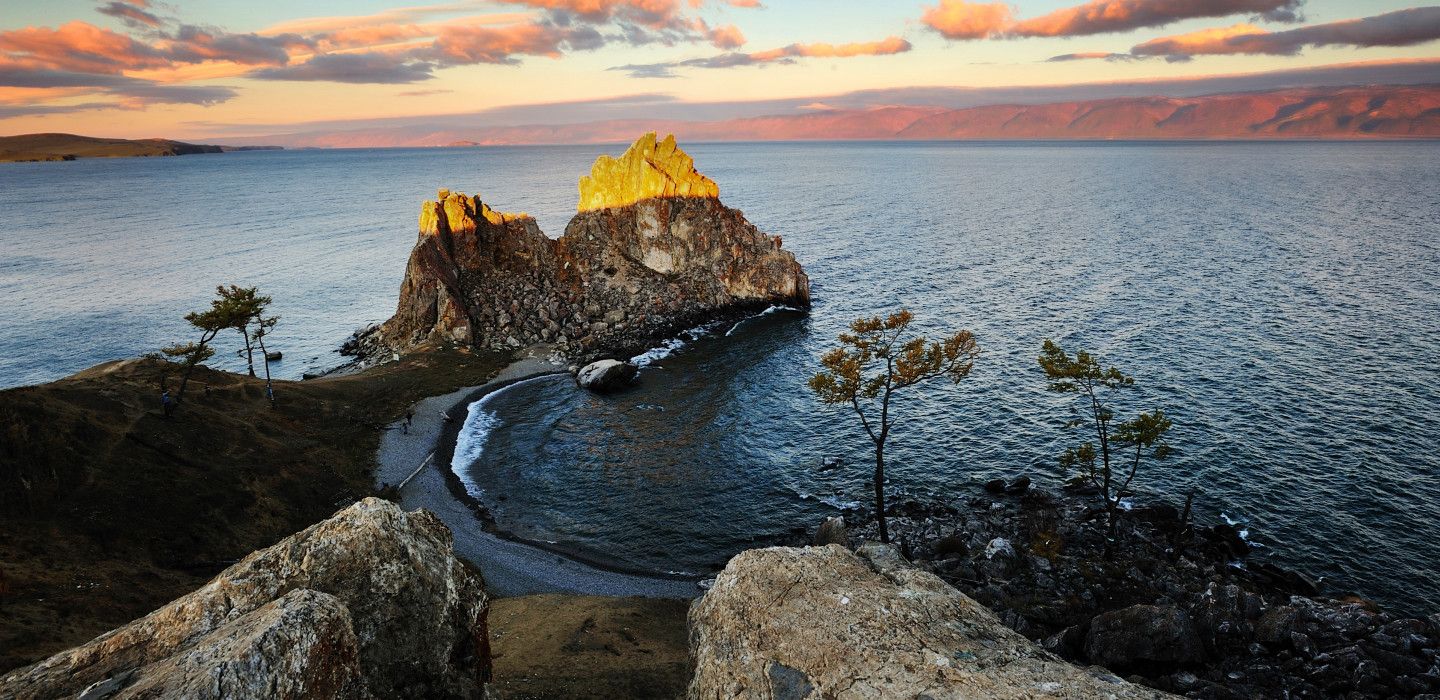
Location: Located in Russia, specifically in eastern Siberia, it is a UNESCO World Heritage Site.
Surface Area: Spans 31,722 km², eighth-largest by area.
Maximum Depth: The deepest lake globally at 1,642 meters, a remarkable depth for freshwater bodies.
Volume: Contains 23,610 km³, holding 20% of the world’s unfrozen freshwater, an astonishing figure for a single lake.
Notable Features: Estimated at 25-30 million years old, it’s the oldest lake, offering insights into evolutionary biology with its endemic species. Surrounded by mountains and containing 27 islands, it’s a natural laboratory for scientists and a scenic destination for tourists.
7. Great Bear Lake
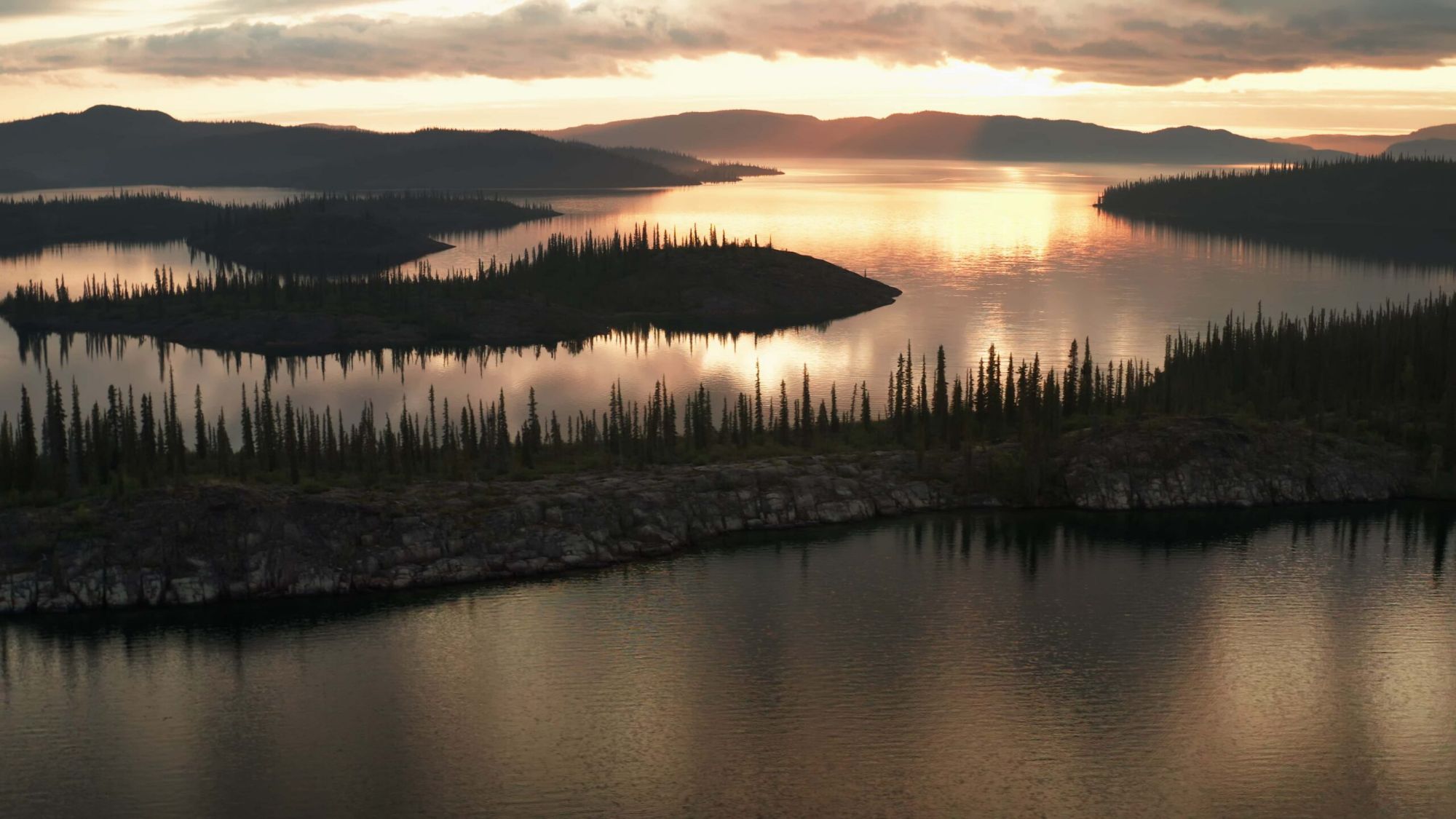
Location: In the Northwest Territories, Canada, it straddles the Arctic Circle, the largest lake entirely within Canada.
Surface Area: 31,153 km², seventh-largest by area.
Maximum Depth: Reaches 446 meters, significant for North American lakes.
Volume: Approximately 2,236 km³, supporting its ecological role.
Notable Features: Named for grizzly bears, it is a fishing paradise, particularly for trout and Arctic grayling, with historical mining sites and indigenous cultural significance, including the Saoyú-ʔehdacho National Historic Site.
6. Lake Tanganyika

Location: In East Africa, shared by Burundi, Democratic Republic of Congo, Tanzania, and Zambia, it’s part of the African Great Lakes.
Surface Area: Covers 32,900 km², sixth-largest by area.
Maximum Depth: Second deepest at 1,470 meters, after Lake Baikal.
Volume: Holds 18,880 km³, second-largest by volume globally.
Notable Features: The longest freshwater lake, it’s home to numerous endemic fish, including cichlids, and is vital for local fisheries. Its age, estimated at 9-13 million years, contributes to its unique biodiversity.
5. Lake Michigan
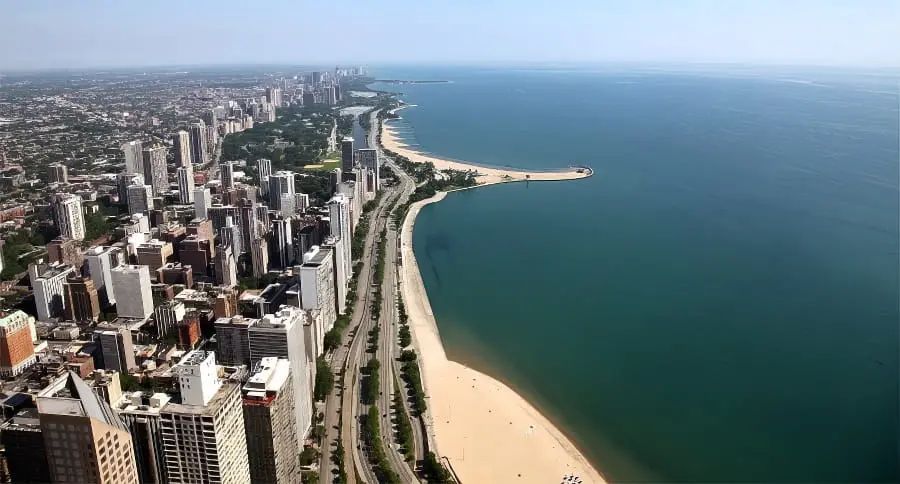
Location: Entirely within the United States, bordered by Michigan, Wisconsin, Illinois, and Indiana, it’s the only Great Lake fully in one country.
Surface Area: 57,757 km², fifth-largest by area.
Maximum Depth: Reaches 281 meters, significant for the Great Lakes.
Volume: Approximately 4,930 km³, second-largest by volume among the Great Lakes.
Notable Features: Connected to Lake Huron via the Straits of Mackinac, it’s a major shipping route with over 1,000 shipwrecks, supporting tourism, fishing, and urban centers like Chicago and Milwaukee.
4. Lake Huron
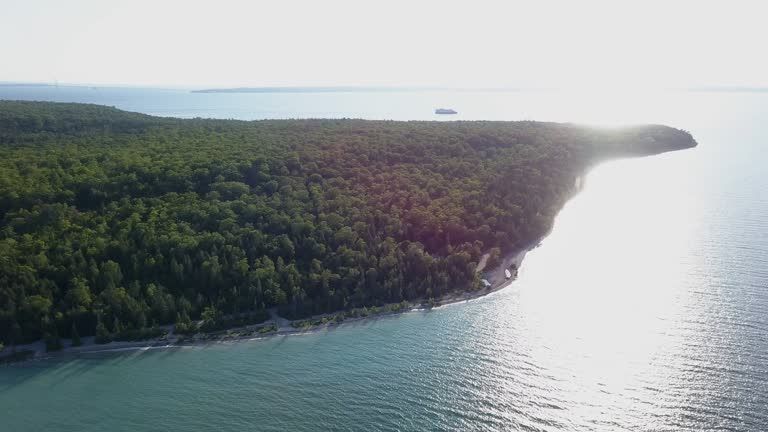
Location: Shared by the United States (Michigan) and Canada (Ontario), it’s part of the Great Lakes system.
Surface Area: 59,590 km², fourth-largest by area.
Maximum Depth: Extends to 229 meters, with an average depth of 59 meters.
Volume: Holds 3,520 km³, third-largest by volume among the Great Lakes.
Notable Features: Features the longest shoreline among the Great Lakes, including Manitoulin Island, the largest freshwater island. Known for shipwrecks and fishing, it’s a vital recreational area with historical significance.
3. Lake Victoria

Location: In East Africa, shared by Kenya, Uganda, and Tanzania, it’s the largest lake in Africa.
Surface Area: 59,947 km², third-largest by area.
Maximum Depth: Reaches 81 meters, relatively shallow compared to others.
Volume: Contains 2,424 km³, ninth-largest by volume globally.
Notable Features: Africa’s largest lake by area, it’s the source of the Nile River, supporting a massive fishing industry and local economies. Faces environmental issues like pollution and invasive species, with dams like Nalubaale enhancing hydroelectric power.
2. Lake Superior
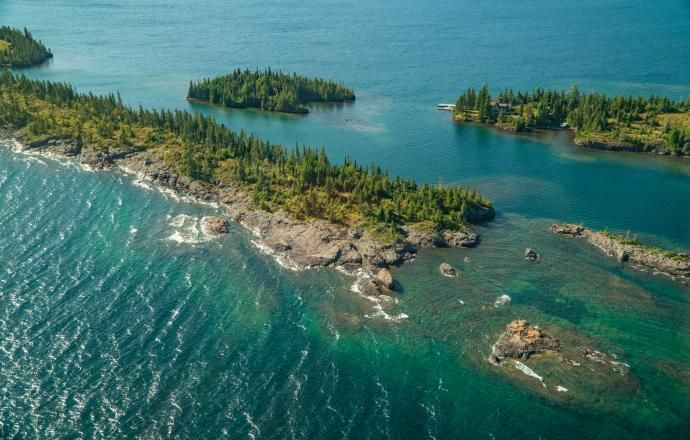
Location: Shared by the United States (Michigan, Minnesota, Wisconsin) and Canada (Ontario), it’s the northernmost Great Lake.
Surface Area: 82,100 km², second-largest by area, largest freshwater lake by surface area.
Maximum Depth: Extends to 406 meters, deepest among the Great Lakes.
Volume: Holds 12,070 km³, third-largest by volume globally.
Notable Features: Contains 10% of the world’s fresh water, known for cold, clear waters and shipwrecks like the Edmund Fitzgerald. It’s a tourism and fishing hotspot, with a significant impact on regional climate.
1. Caspian Sea

Location: Between Europe and Asia, bordered by Russia, Azerbaijan, Iran, Turkmenistan, and Kazakhstan, it’s often called a sea but classified as a lake.
Surface Area: 386,400 km², largest inland body of water globally.
Maximum Depth: Reaches 1,025 meters, with a salinity of 1.2%.
Volume: Contains 78,200 km³, a vast reservoir.
Notable Features: Saltwater lake, major for oil and gas, and caviar production from sturgeon. Its endorheic nature means no outflow, and it’s a historical trade route with environmental challenges from pollution.

